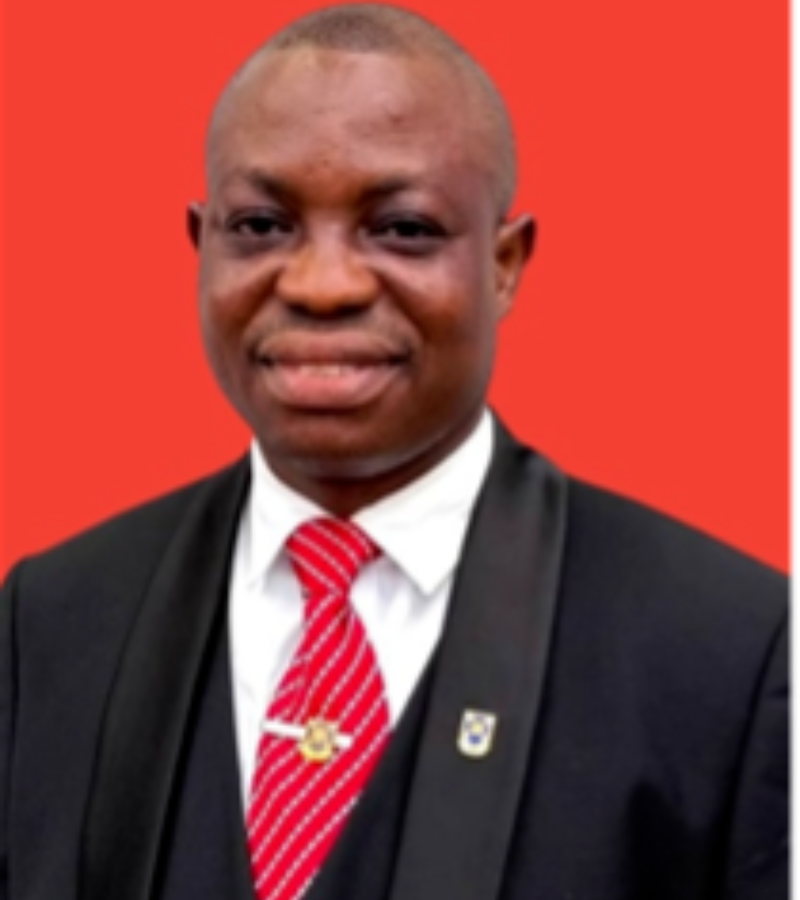Overview
Twifo Atti-Morkwa District is one of the twenty administrative districts in the central region of Ghana. It was formerly known as the Twifo-Hemang Lower Denkyira District with its capital at Twifo Praso. It was carved from Denkyira District Council in 1988 by LI 1377 with the name Twifo Hemang Lower Denkyira District. Again, in 2012, government split the Twifo Hemang Lower Denkyira District into two districts namely; Twifo Atti Morkwa District and Hemang lower Denkyira District under the Local Government Act 462 of 1992 by LI 2023. The district is bounded on the north by the Upper Denkyira East Municipal at the South by the Hemang Lower Denkyira District, at the West by the MpohorWassa East District and at the East by the Assin North Municipal. It has a total population of 107,654 as at 2024.
Geology And Soil
The land is underlined by Birimian and Tarkwaian rocks which are very rich in mineral deposits. Diamond deposits can be found at Afiafiso and Manganese at Asamang and Twifo Mampong. Within the Pra River can be found Birimian and Tarkwaian rocks. These rocks hold the potential for the exploitation of gold, and manganese. The bed of the river Pra has alluvial gold deposits which are currently being mined illegally by local galamsey operators to the detriment of rural communities who drink from the river.
Climate
The district falls within the semi equatorial climatic zone marked by double maximal rainfall with a total annual mean rainfall between 1,200mm and 2,000mm. The first rainy season spans from May to June with the heaviest in June while the second rainy season is from September to October (Dickson and Benneh, 2001). The main dry season is from November to February. It has fairly high uniform temperatures ranging between 26°C (in August) and 30°C (in March).
Vegetation And Mineral Deposit
Its vegetation consists basically of secondary forest that has been largely disturbed by the activities of man through logging, crop/livestock farming and mining among others. There are, however, large areas of forest reserves like, Bimpong Forest Reserve, Pra Suhyen Forest Reserve, Minta Forest Reserve and Bonsaben Forest Reserve with the bed of River Pra containing alluvial gold deposits, usually mined by galamsey operators.
Political Administration
The district is headed by the District Chief Executive who exercises the Executive powers on behalf of the President. There is also an administrative wing of the district, headed by the heads of all Decentralized Departments. Twifo Atti-Morkwa District Assembly is made up of 38 members, comprising 28 elected members and 10 members appointed by the President. The district has five Area Councils. These are Twifo Praso Area Council, Mampong Area Council, Agona Area Council, Nyinase Area Council and Wamaso Area Council.
Transport And Communication
Twifo Atti Morkwa district has total trunk roads of 145km, out of which 65km are tarred roads while 80 km are untarred. The district has a total length of 425.60km of feeder roads, 295.10km of these feeder roads are properly engineered while 59.50km are partially engineered. The district has good access to all the Telecommunication networks including Scancom Ghana Limited operators of MTN, Telecel Ghana Limited operators of Telecel. The rest are Milicom Ghana Limited which operates Tigo, and Airtel Ghana. In addition to the telecommunication companies in the District, the District has two FM stations which facilitates access and dissemination of information in the district.
Health
The health system is operated based on the Ghana Health Service system with the District Health Directorate as head of administration headed by a District Director of Health Services supported by a District Health Management Team comprising of all Unit heads at the Directorate with representation from the District Hospital. The district has been divided into four (5) sub districts headed by an in charge and a sub district Management team to steer the affairs of facilities in their catchment areas. In all the district has a total of 32 health facilities of which majority (67%) are CHPS with one District Hospital



